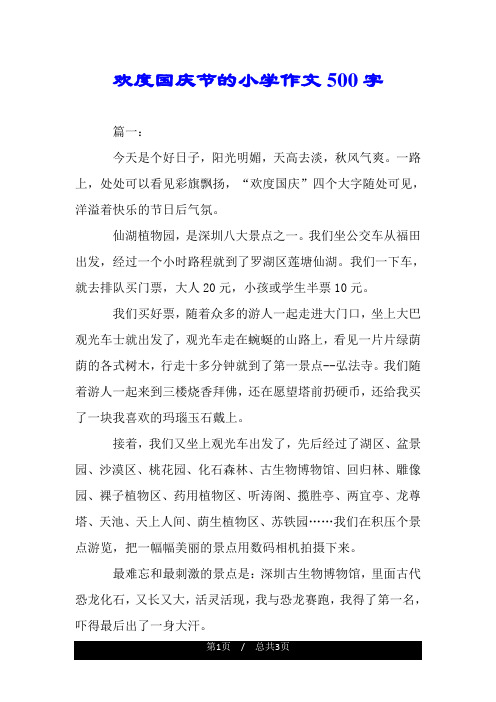改革开放英语作文(改革开放英语作文)
Reform and Opening-up, a Transformative Journey for China

China's journey of reform and opening-up since the late 20th century has been nothing short of transformative. This historic initiative, which began in earnest under the leadership of Deng Xiaoping in 1978, marked a profound shift in China's economic structure, societal norms, and its place in the global community. The decision to open up the economy to foreign investment and embrace market-oriented reforms was a bold move that has propelled China from an insular agrarian economy to one of the world's leading powers within just a few decades. In this essay, we will delve into the key aspects of this remarkable transformation: the economic miracle it spurred, the social changes it engendered, and the challenges it continues to address as it enters a new era.
Economic Transformation: From Plan to Market
The core of the reform and opening-up policy lay in transitioning from a centrally planned economy to a more market-driven system. This involved decentralizing economic decision-making, allowing private businesses to flourish alongside state-owned enterprises, and creating Special Economic Zones (SEZs) to attract foreign direct investment. These zones, such as Shenzhen, transformed from sleepy fishing villages to bustling metropolises, serving as living examples of the economic dynamism the reforms unleashed.
The results have been astounding. China's GDP grew at an unprecedented rate, lifting hundreds of millions out of poverty and making it the second-largest economy in the world after the United States. Industries like manufacturing, technology, and services have seen exponential growth, with Chinese companies becoming global leaders in areas like telecommunications (Huawei), e-commerce (Alibaba), and consumer electronics (Lenovo). The integration into the World Trade Organization (WTO) in 2001 further cemented China's position in the global trade network, facilitating even greater economic exchange and cooperation.
Social Impact: A Changing Society and Lifestyle Shift
Beyond the economic realm, reform and opening-up also brought about significant social changes. Urbanization accelerated as people moved from rural areas to cities in search of better opportunities, leading to the rapid expansion of cities and the emergence of a vibrant urban middle class. This demographic shift not only transformed the physical landscape of China but also altered lifestyles, consumption patterns, and aspirations.
Education and access to information have greatly improved, with more Chinese students pursuing higher education both domestically and abroad. This has led to a more educated and globally aware population, contributing to China's growing soft power and influence in international affairs. Additionally, the rise of the internet and digital technologies has fostered a new culture of innovation, communication, and social activism, further shaping the country's societal fabric.
Challenges and Future Directions: Navigating Uncharted Waters
Despite the tremendous achievements, China's path of reform and opening-up is not without its challenges. Environmental pollution, income disparity, and maintaining sustainable growth amid a globalized world are issues that require constant attention and innovative solutions. The government has recognized these challenges and embarked on a new wave of reforms aimed at balancing economic development with social welfare and environmental protection.
In recent years, we have seen efforts to promote green energy, reduce carbon emissions, and implement policies that encourage innovation and high-quality growth. The "Belt and Road" initiative, though controversial in some quarters, is another manifestation of China's continued commitment to international engagement and economic cooperation, albeit with a focus on shared development and infrastructure connectivity.
Conclusion: A Continuing Story of Reform and Adaptation
In conclusion, China's reform and opening-up policy has been a catalyst for unprecedented economic growth, social progress, and international integration. It stands as a testament to the power of strategic change and the adaptability of nations in the face of evolving global dynamics. As China navigates the complexities of the 21st century, its ongoing commitment to deepening reforms and expanding openness promises to shape not only its future trajectory but also the course of global development. The story of China's transformation serves as an inspiration and a reminder that while challenges persist, the spirit of reform can unlock immense potential and drive positive change on a scale unparalleled in human history. 更多精彩》



